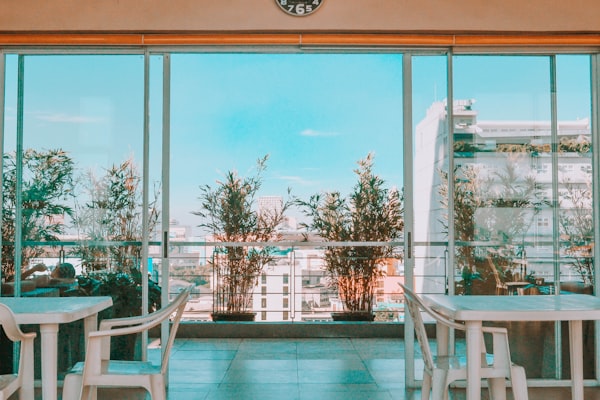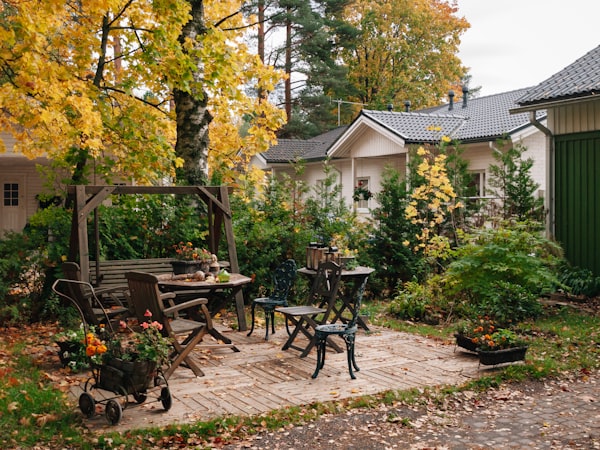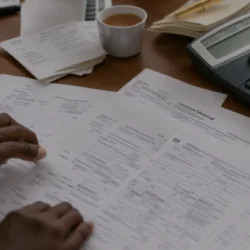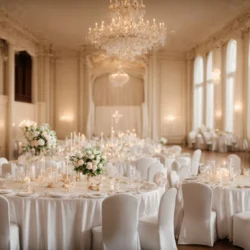In today’s world, first impressions are more important than ever before. If you manage a multifamily property, it’s crucial that your property looks modern and inviting. Luckily, there are a few easy ways to modernize your multifamily property without breaking the bank, which we’ll discuss in this blog post. Keep reading to learn more!
Update your security system.

Multifamily buildings with a high-security level are an amenity most homeowners are looking for when searching for their new home. If you want to make a newcomer into your multifamily buildings feel safe, you should consider modernizing your security system, which will, in turn, update it to a higher level of security than an access control system run with pin codes, fobs, or a keycard.
Property managers are becoming more and more interested in Swiftlane’s revolutionary security solution, the touchless access control, and the intercom system. Swiftlane reviews are all for this video intercom solution and touchless entry. This allows for touchless entry into apartment buildings, which is imperative in a world like ours where COVID-19 runs rampant. Building owners can only benefit from this modern, smooth access experience.
The touchless aspect reduces the risk of unauthorized entry because the video intercom can register residents and allow resident access through biometrics like face recognition and notify you of guest access so you can make sure your tenants are following rules. Your building staff can benefit as well from this system, as it will streamline operations overall. You can manage your Swiftlane devices through the Swiftlane app available in the Apple store. A safe community means your multifamily buildings or other residential building will be a more appealing place to live.
Update the common areas.

One way to modernize your multifamily property is by updating the common areas. This could include renovating the lobby, installing new lighting and flooring, or adding a fitness center or pool. By upgrading these areas, you can make your property more attractive to potential tenants and improve the overall quality of life for current residents.
Additionally, updating the common areas can help reduce wear and tear on individual units, which can lead to lower maintenance costs over time. Sometimes it’s better to replace something before it loses its function entirely, so making sure your common areas are updated can uplift the resident experience.
Enhance outdoor spaces.

If you’re looking to modernize your multifamily property, one of the best ways to finish up the job is by enhancing outdoor spaces. This can include anything from installing new lighting and seating to adding greenery or a water feature. By making your outdoor areas more inviting, residents will be more likely to spend time outdoors and enjoy the fresh air. In turn, this can lead to a more relaxed and social atmosphere for everyone living on-site.
There are plenty of different enhancements you can make to your multifamily property’s outdoor spaces, so it’s important to tailor them to fit your specific needs and budget. For example, if you want to create an inviting space for social gatherings, installing seating and tables might be a good idea. If you’re looking for something that will add some tranquility, then adding plants or a water feature may be a better option.
No matter what you choose, there are certain elements that should be included in any well-designed outdoor space. Good lighting is key for creating an inviting atmosphere after dark, while pathways and signage can help residents find their way around easily. You may also want to consider including amenities like barbecues or fire pits so that residents can make the most of the outdoors year-round.
Modernizing your multifamily buildings overall can lead to less resident turnover, a boosted resident experience, and make the browsing experience for a newcomer more appealing. With the cost of living rising day by day, you want to make sure your building, its community, and every amenity are worth the cost to your current and potential tenants.





